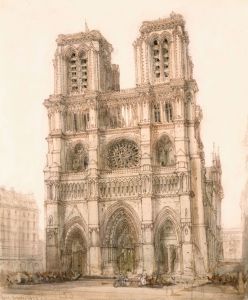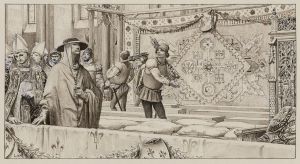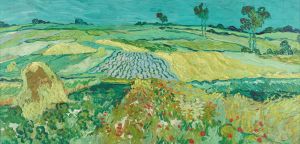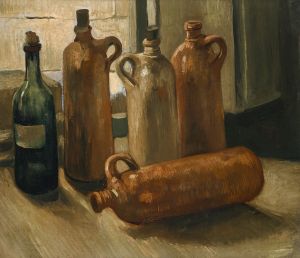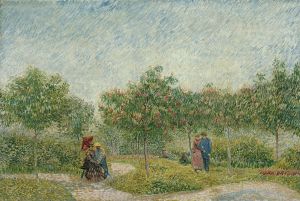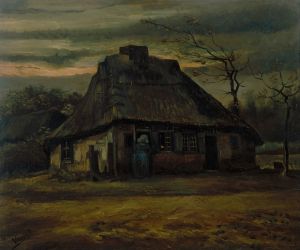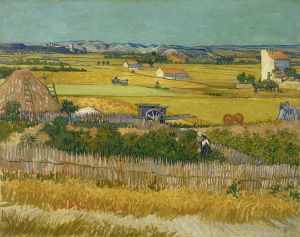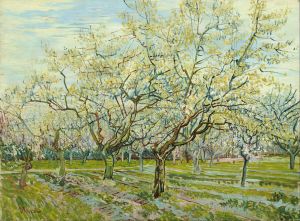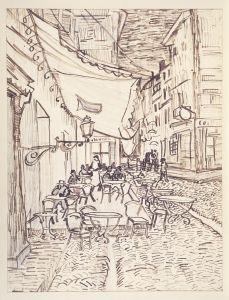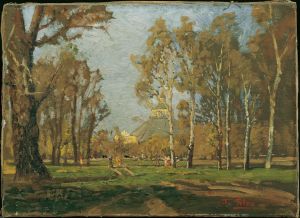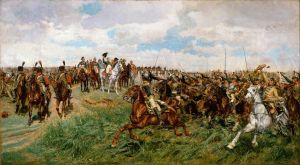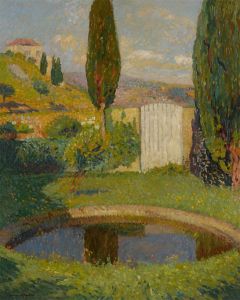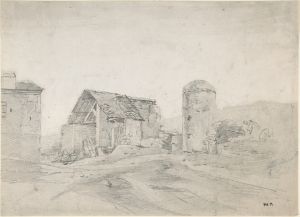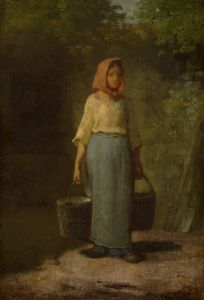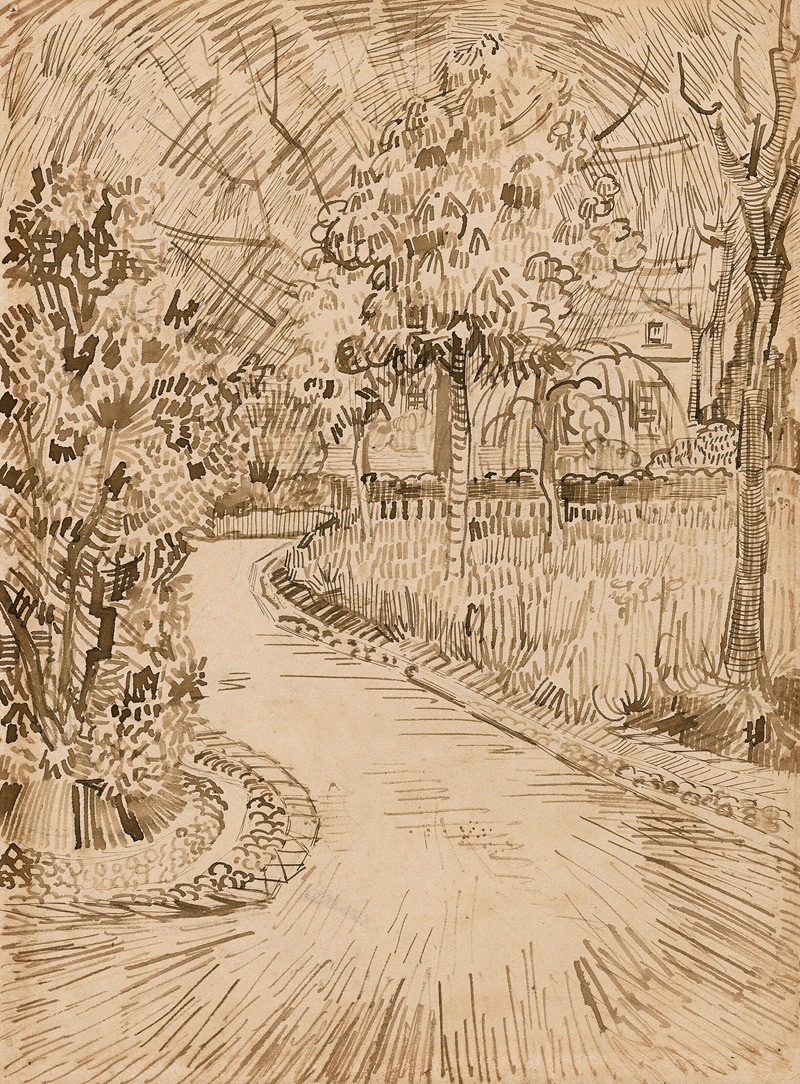
Parc à Arles avec un coin de la Maison Jaune
A hand-painted replica of Vincent van Gogh’s masterpiece Parc à Arles avec un coin de la Maison Jaune, meticulously crafted by professional artists to capture the true essence of the original. Each piece is created with museum-quality canvas and rare mineral pigments, carefully painted by experienced artists with delicate brushstrokes and rich, layered colors to perfectly recreate the texture of the original artwork. Unlike machine-printed reproductions, this hand-painted version brings the painting to life, infused with the artist’s emotions and skill in every stroke. Whether for personal collection or home decoration, it instantly elevates the artistic atmosphere of any space.
"Parc à Arles avec un coin de la Maison Jaune" (Park in Arles with a Corner of the Yellow House) is a painting by the renowned Dutch post-impressionist artist Vincent van Gogh. This artwork is part of a series of paintings that van Gogh created during his stay in Arles, a town in the south of France, where he lived from February 1888 to May 1889. Van Gogh's time in Arles was one of the most productive periods of his career, during which he created many of his most famous works.
The painting depicts a park scene in Arles, with a glimpse of the Yellow House, where van Gogh rented four rooms. The Yellow House is significant in van Gogh's life and work as it was intended to be a place where he could establish an artists' community. He invited fellow artist Paul Gauguin to join him, and Gauguin eventually did, although their collaboration was short-lived and fraught with tension.
In "Parc à Arles avec un coin de la Maison Jaune," van Gogh employs his characteristic bold and vibrant color palette. The painting captures the essence of the Provençal landscape with its bright, sunlit atmosphere. The use of contrasting colors and dynamic brushstrokes is typical of van Gogh's style during this period. The park is rendered with a sense of movement and life, reflecting van Gogh's deep appreciation for nature and his desire to convey the emotional and spiritual experience of the landscape.
The Yellow House itself is only partially visible in the painting, providing a contextual anchor that connects the viewer to van Gogh's personal life and his aspirations for an artistic community. The building's bright yellow facade stands out against the greenery of the park, symbolizing van Gogh's hope and optimism for his future in Arles.
Van Gogh's time in Arles was marked by both creative fervor and personal turmoil. Despite his prolific output, he struggled with mental health issues, which eventually led to his voluntary admission to the Saint-Paul-de-Mausole asylum in Saint-Rémy-de-Provence in May 1889. The period in Arles, however, remains a testament to his extraordinary artistic vision and his ability to capture the beauty and intensity of the world around him.
"Parc à Arles avec un coin de la Maison Jaune" is a lesser-known work compared to some of van Gogh's other paintings from this period, such as "The Starry Night" or "Sunflowers." Nevertheless, it provides valuable insight into his artistic process and his life in Arles. The painting is a poignant reminder of van Gogh's enduring legacy and his contribution to the world of art.
Today, Vincent van Gogh is celebrated as one of the most influential figures in Western art history. His works are housed in major museums and private collections around the world, and his life story continues to inspire and captivate audiences. "Parc à Arles avec un coin de la Maison Jaune" is a significant piece within his oeuvre, reflecting both his artistic genius and his personal journey.





